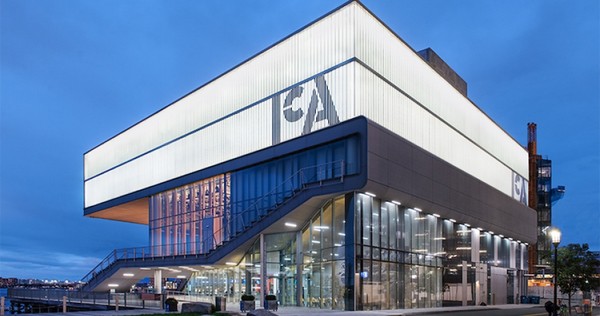With 2020 underway, a number of Boston landmarks are marking their longevity with a series of community-focused programs. The Museum of Fine Arts is in the midst of a yearlong celebration of its 150th anniversary. An ongoing slate of community initiatives, designed to underscore the MFA’s commitment to the city, will be offered throughout the year. And this spring the New England Aquarium will celebrate 50 years since the inaugural team first welcomed visitors to Central Wharf.
These local icons represent the best of Boston; nonprofits that contribute significantly to the fabric of our region. Clearly, an active and engaged cultural community is vital to New England’s long-term growth. Access to the fine and performing arts and institutions that focus on STEM (science, technology, engineering and math) enhance the health and happiness of residents, fosters innovation, attract business and industry, draw students from around the country and across the globe. Equally important, our cultural institutions help promote local, national and international tourism, which generates billions of dollars in direct expenditures in New England.
As often as we highlight Boston’s nexus of colleges, universities, and hospitals, it is critical to remember the positive impact of these mission-driven arts and science-focused organizations. According to a recent study from ArtsBoston, our region’s arts and culture sector contribute $2 billion annually to the local economy, an increase of 40% since 2014. The cultural community has also created more than 30,000 jobs, nearly as many as the local retail industry.
Historically, Boston has always prioritized arts and culture, a legacy we anticipate will continue long into the future with a raft of impressive, world-class arts institutions leading the way. Boston was the first city in America to establish a public park, as well as the nation’s first free and publicly available area library. The Museum of Science, one of the region’s top destinations, was first founded as the Boston Society of Natural History more than 130 years ago. The poet and gothic writer Edgar Allan Poe was born on Carver Street. And the Wilbur Theatre – in the city’s theater district – helped launch the career of Marlon Brando, who performed there during a 1947 production of A Streetcar Named Desire.
JM has been proud to contribute to a number of the city’s premier cultural institutions over the years. In many cases, museums require sophisticated HVAC systems designed and operated to preserve their collections and maintain optimal temperatures for visitors and staff. Here are a few of our favorite destinations:
ICA:
Located on Fan Pier in the revitalized Seaport District, the ICA boasts a sleek, contemporary design. The 65,000 square-foot cantilevered glass and steel space host a variety of artists, exhibits, and events. And the stadium seating located behind the building, which overlooks the harbor, is among the city’s most treasured amenities.
MFA:
The Museum of Fine Arts is the fifth largest museum in the country, and one of the most comprehensive in the world, reflecting a stunning display of both traditional and contemporary architecture. The MFA has undergone a series of expansions and transformations since first opening in 1876 while remaining a quintessential destination for both locals and tourists.
Museum of Science:
Located in Science Park overlooking the Charles River, the Museum of Science offers over 700 interactive exhibits, features myriad live presentations as well as a planetarium and the only domed IMAX screen in New England. JM has been proud to complete energy renovation projects there, performing mechanical upgrades throughout the building and installing a new system for the Yawkey Gallery on the Charles River.
BC McMullen Museum:
BC McMullen Museum relocated in September 2016 to Boston College’s Brighton Campus. The new facility features nearly two times the exhibition space of its previous venue in Devlin Hall, state-of-the-art lighting, movable walls, humidity and climate control, and extensive storage for the museum’s growing permanent collection.
Harvard Museum of Natural History:
Harvard Museum of Natural History’s Glass Flowers exhibit is one of its most famous and internationally recognized treasures. The gallery was renovated in spring 2016, introducing rebuilt, original historic wood and glass display cases, new state-of-the-art lighting, humidity, and vibration control systems. The new design showcases the ongoing significance of the gallery and enhances the visitors’ appreciation of the display.
